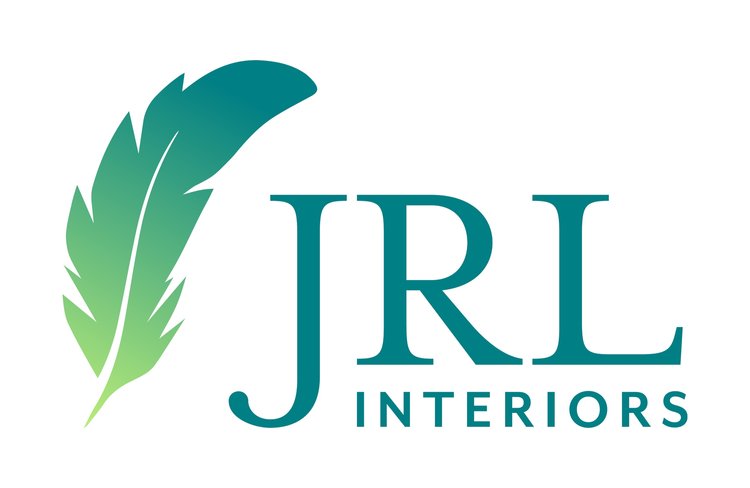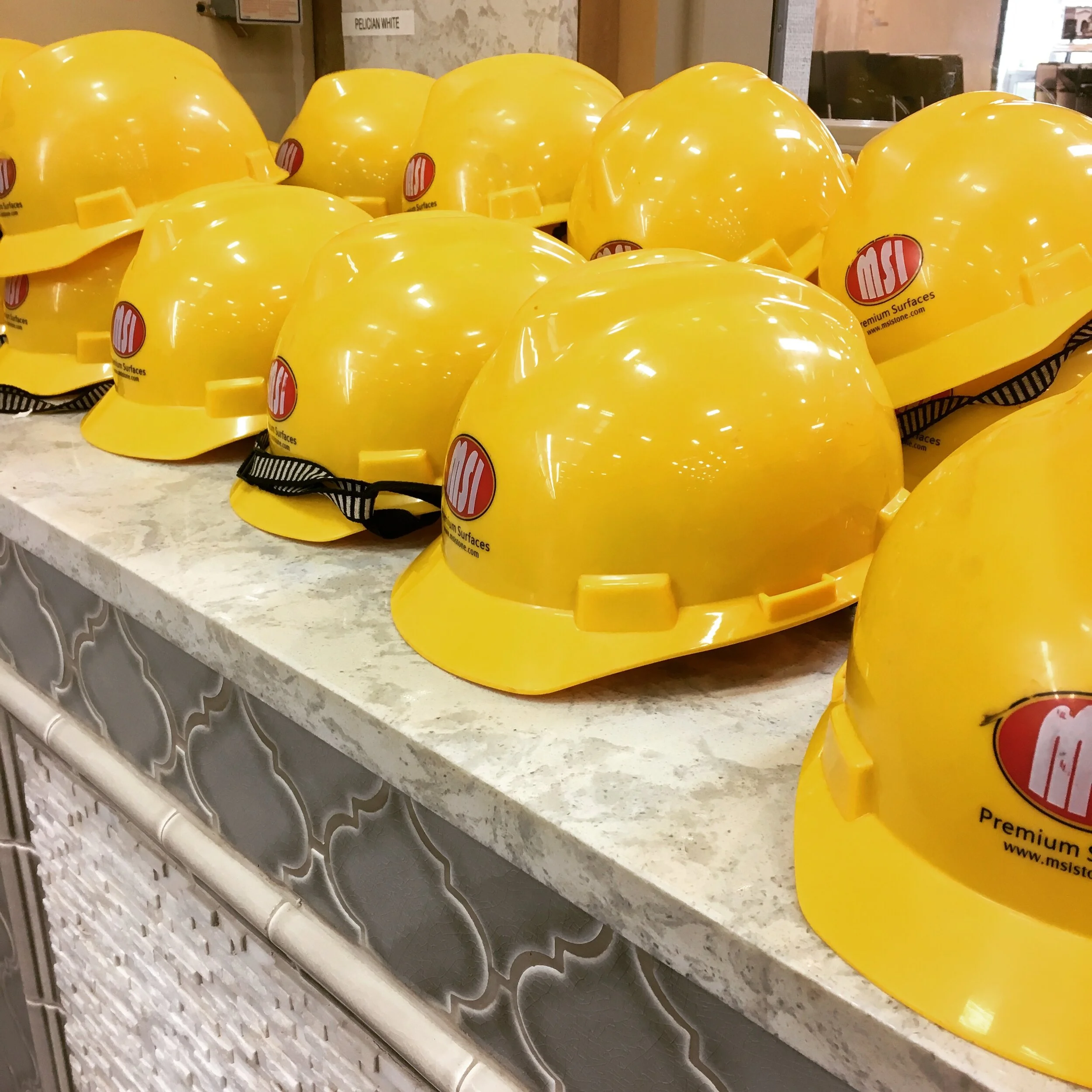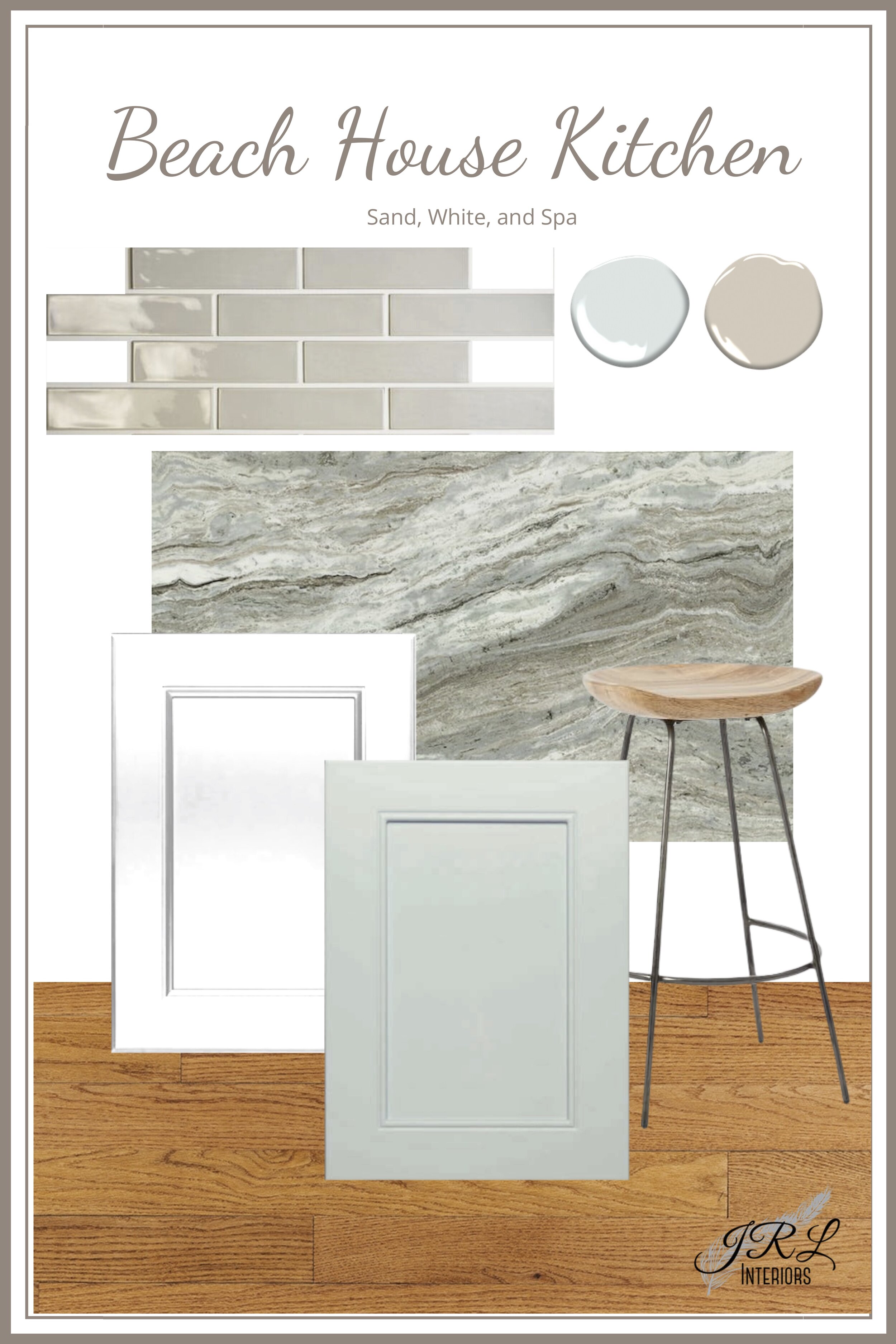So you want to remodel your kitchen. Where do you start? Should you just roll into a kitchen cabinet showroom with some rough room dimensions and let them order you a room full of cabinets? You could, but it probably wouldn’t be the best approach.
You may not actually need all new cabinets. Or you may THINK you need to add a whole addition to get more space, when all you really need is a more efficient layout in the space you’ve got. Or you may have accommodated the layout you have and don’t realize how much better your life could be with a few tweaks - that maybe a revised layout would mean you don’t leave a trail of chopped onions on the floor between the cutting board and the stove every. single. time.
This is what designers do. We solve problems, we increase value (and there is no more valuable addition to your property than a great kitchen!), and we make life SO MUCH HAPPIER for everyone!
Picture this…you are hungry, your family is hungry, you need to get dinner on the table. Is everything conveniently and logically located or is making dinner an exercise program of laps around the kitchen collecting ingredients and cooking implements? I mean if you want to get your exercise that way, I guess that’s fine, but would’t it be terrific if everything was at your fingertips so that cooking could be a pleasure instead of a marathon? Wouldn’t that make it a little more appealing to make delicious healthy meals instead of defaulting to speed dial for cheesesteak subs and pizza delivery every other night? Wouldn’t it be wonderful if your coffee or tea station was set up so you didn’t have to fire any brain cells prior to caffeinating them in the morning?
A fabulous kitchen is an incentive to cook for those that you love!
So what is the smartest way to start a remodeling project?
Here are six steps to success for planning a kitchen renovation:
Assess how long you will keep this home
This will inform the choices you make. Are you remodeling for YOU or are you remodeling for resale? These are different animals. For resale, you want to make changes that are universally appealing and market appropriate. If this is your forever house, or at least a long term abode, you want to renovate for what will make YOUR life better specifically. Are you a gourmet cook? Gadget aficionado? Pastry baker? Health nut? Coffee addict? Wine connoisseur? You will want to make choices that support that.
Fabulous coffee bar design by Hickman Design Associates via Decorpad
Address the why of remodeling
What is it that made you want to remodel? List all the things that drive you crazy about your current kitchen. Is it worn and dated or just not to your taste? Are you always tripping over children or having to wait for your fellow sous chef to get out of the way to reach the items you need? Are you out of space to store the baking staples or snack food you hauled home in Costco sized quantities? Do you need an extra freezer for the 12 pounds of butter you just scored on sale at Aldi’s for $1 per pound (just me?) Or more cabinets for the new service for 12 dishes you fell in love with (also me)? Or are you tired of unloading all your pots and pans to get to the one you need which is, of course, ALWAYS on the bottom of the pile. You don’t need to figure out the solutions, you just need a list of the things that bug you so you can articulate what needs to be addressed.
Figure out a budget and timeline
What are you willing and able to invest in cold hard cash, and when are you hoping to have this completed? They (whoever THEY are?!) say you can have quality, speed, or frugality. Pick two, because you can’t have all three. Research the cost of the things you want to include. And by research, I’m not talking about binge watching HGTV. In the real world, workers expect to be paid, free products don’t appear from manufacturers wanting advertisement, and no project actually gets completed in a half hour episode! HGTV can be entertaining, and sometimes even inspirational, but it isn’t the place to get accurate budgeting information. For a complete remodel of an average size kitchen, mid range new cabinets will run $20K-$35K, mid range appliances $8K-$10K, stone or quartz countertops $6K-$9K, and there are still a million other things that add up and all the labor costs to factor in.
Pick TWO!
Make a wish list
Now is the time to dream…if only I had xyz. Make a list of all the items that in a perfect world you would like and PRIORITIZE them. This is very important because unless you have hundred dollar bills growing in your back yard, and unlimited space to work with, compromises will have to be made and you need to be very clear about what is a MUST have vs ‘nice to have’. Make sure everyone with a stake in the outcome weighs in on this. An extra oven may be lower priority than a larger fridge. A wine fridge may be VERY high priority…or maybe a coffee station would transform your morning. An ice maker, more burners, a spectacular stove hood, a chilled pastry counter, a second dishwasher, counter eating space, kitchen table space, storage for ______. In my case this last one would be for the insta-pot my daughter dragged home so that now we have what looks like R2D2 sitting on our counter…and don’t even get me started on the overflowing spice cabinet!
Assemble your team.
Now that you have determined the problems, your budget, timeline, wishes, and priorities, get some professional advice. Even just a consultation with a design professional can help you think through all these things and give you feedback on how far your budget will go toward solving your issues. An experienced designer will know the latest available offerings and will have creative solutions you may not have thought of. An independent designer is not interested in just getting the job done fast and getting out, OR in selling you the maximum amount of product whether you need it or not. They work for YOU and have your best interest and budget in mind. They will design to integrate with your lifestyle, and goals, and with the design of the rest of your house - an especially important consideration if the kitchen is open to other spaces (or you want to make it open) as so many are now. Your team will include your designer, your contractor, and usually a cabinet showroom (unless you are doing IKEA cabinets…which is a whole other conversation best suited for those who grew up assembling complex Lego projects from pictorial instructions.)
Make your decisions in a logical order and HAVE A COMPLETE PLAN
I cannot stress this enough! Your design team will help you with this and give you a good project timeline to work from. If you want your project to be maximally stressful and unnecessarily expensive, go ahead and do it on the fly without a cohesive, well thought out plan. Many smaller contractors will just tell you what they need in the immediate future - like the one that called the customer at work for her to pick a paint color. right then. because he was ready to paint (?!) Unfortunately, she was working without an overall plan so she picked out her paint from a 1” chip at the paint store on her lunch hour…with somewhat disastrous results.
After gathering information about how our clients live in the space and what is on their wish list, we created 3D images to help them visualize the concepts we proposed. Once the design is refined, and decisions are made, detailed drawings will be done for the construction crew to reference.
For a complete kitchen renovation, all the decisions should be made in advance of the first swing of the sledgehammer for demo. Drawn plans exist to communicate exactly what is going into the space and where so there is no confusion. A lighting and electrical plan should be completed alongside the cabinet layout to show the locations, circuits, and types of all light fixtures and outlets. The contractor will need to do the rough electrical and plumbing right after demolition, so it is important to have your ducks in a row before you begin. The floor plans and elevation drawings will show the types, sizes and placement of all cabinets and appliances and the details of any tile installation specifications. After rough electrical and plumbing, insulation and blocking, the walls and ceiling can be closed up and finished for painting. Typically flooring goes in after painting, followed by cabinets and appliances. Countertops are templated after cabinet installation and then fabricated at the shop. Depending on the material, you or your designer may want to be at the fabricators when they lay out the templates on the stone for cutting to make sure the parts you like most are going to be in the most prominent locations, the seams are matched as well as possible, and any spots you don’t like are worked around! Finally, the countertops are installed along with the sinks and faucets. Holes for the faucets are usually drilled through the countertop on site. Backsplash tile is installed after counters. If you are using a chimney style hood with tile behind it, that is installed on top of the tile.
Although everything should be selected ahead and ordered well before it is needed, here is the most logical order in which to make selections:
A. Select appliances first, along with the size of your sink. You cannot finalize a cabinet layout until you know the specifications and sizes of appliances.
B. Select your countertop, backsplash and cabinet finishes, starting with the one that is going to be the star of the show. If you fell in love with a patterned backsplash tile, pick counter and cabinets that support that choice, if you want natural stone to be the star, pick that out first - and pick the actual slabs at the stoneyard. DO NOT just go by the 4” sample at the cabinet showroom. Stone is an organic thing and every one is different - even sometimes ones with the same name. Cabinets are usually the longest lead time item, so these are the time-sensitive decisions. FYI final measurements for new cabinets should ideally be done after the space has been demoed and the finished new walls are in place. Inches matter for cabinetry.
C. Select your flooring (unless this is the star, then it belongs in the above section!) If your kitchen is open to other rooms, consistent flooring throughout is ideal and helps the kitchen feel like a cohesive part of the whole. Unless that flooring is carpet. Please don’t put carpet in your kitchen. And yes, I have seen that. Kitchen and bath flooring now often gets installed before cabinets for the cleanest lines and least amount of messy cuts.
D. Select your cabinet hardware, faucets, lighting, and electrical. Lighting includes decorative pendants and chandeliers, task lighting (under cabinet or overhead counter lighting), and accent lighting (in display cabinets, under toe kick, or above crown molding). Electrical includes types and number of switches and outlets (dimmers, 3-way, motion activated, any special outlets or switches required for appliances, popup counter outlets, island outlets etc).
E. Select your paint colors last, because paint comes in a nearly infinite variety of colors, but painting will usually be done quite early in the project.
Kitchen renovations require a fair amount of money, time, and detailed planning for a good outcome, but the results are SO worth it!
Need a consultation to help with some aspect of your renovation project? We offer on site consultations, 3D design concepts, and full service design, as well as long distance consultations conducted electronically. Contact us to start the conversation!














